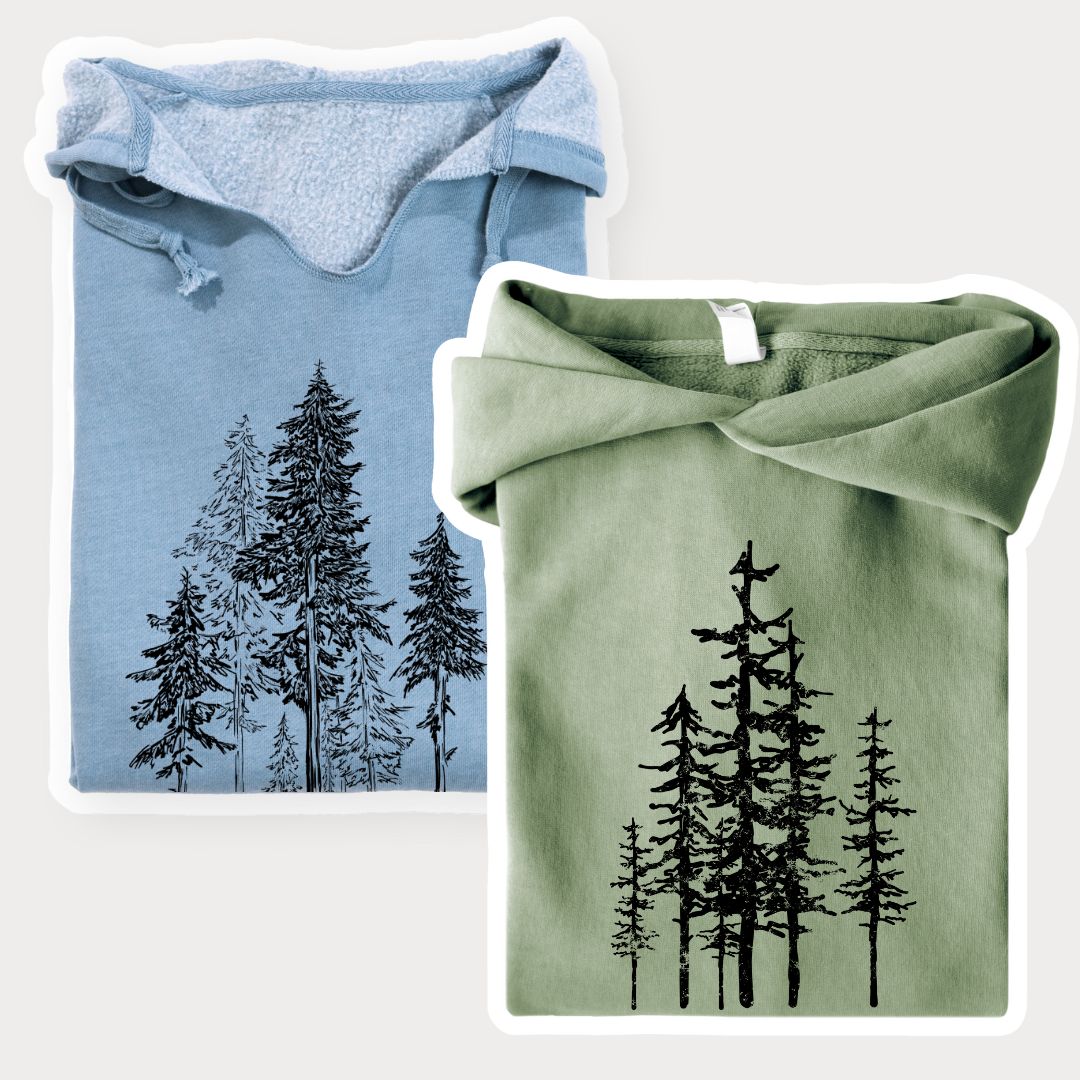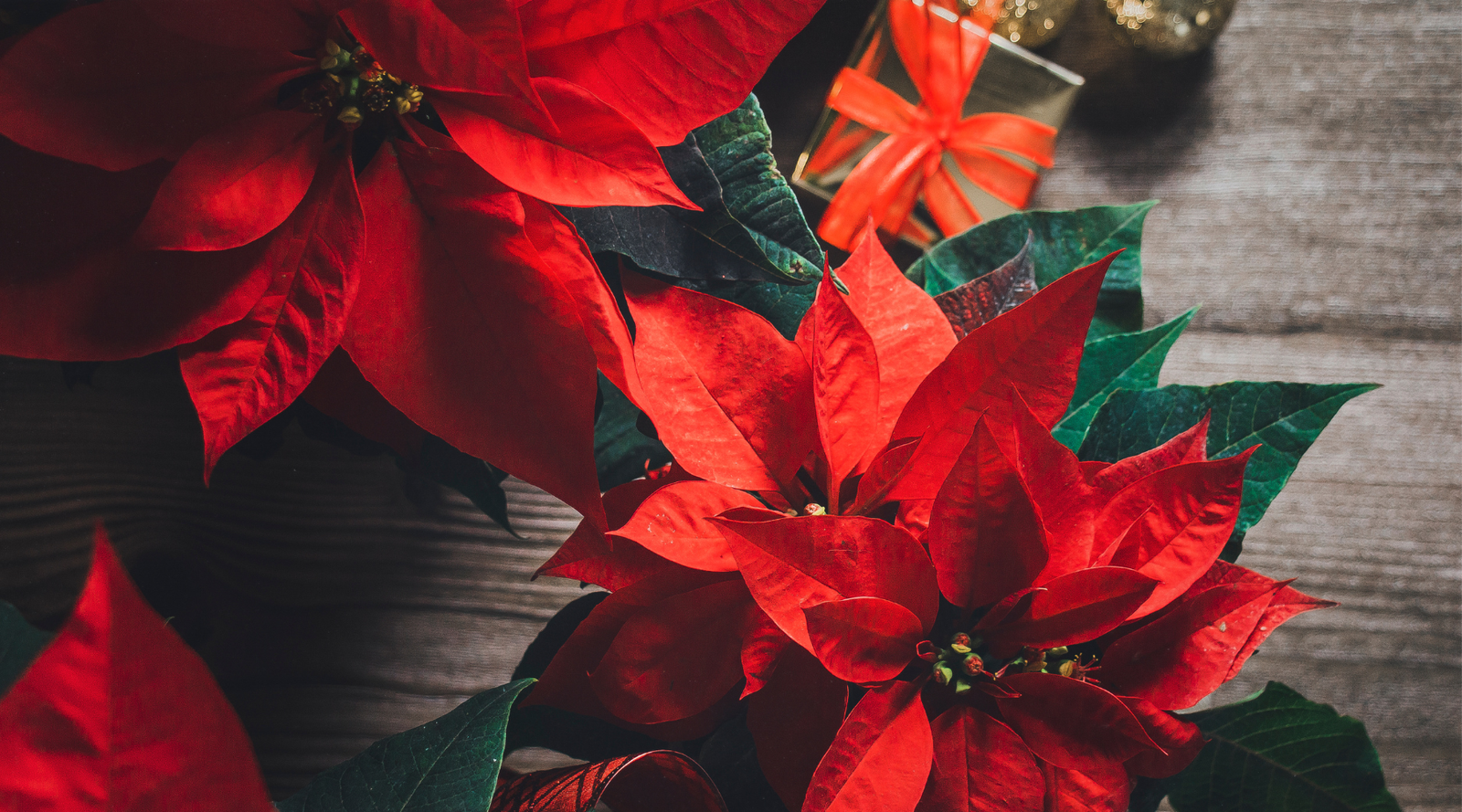Marsh Birds: Nature's Hidden Jazz Musicians
Imagine walking through a wetland on a misty morning. The world is quiet except for the soft rustling of the reeds. Then, you hear a melody that seems to float in the air, a unique tune that could only belong to the marsh birds. Yes, those enigmatic, long-legged, sometimes awkward, yet always fascinating creatures that call the marshlands their home. These birds are the jazz musicians of the avian world, each with its distinct tune, rhythm, and style that keeps birdwatchers returning for more.
So, what exactly are marsh birds? Buckle up, grab your binoculars, and let's take a whimsical flight into the world of these incredible creatures.

The Lineup: Marsh Birds You Should Know
Let's start with an introduction. Marsh birds come in all shapes, sizes, and personalities. Here are some of the birds you'll want to keep an eye (and ear) out for:

1. The Great Egret (Ardea alba)
- Nickname: The Elegant Maestro
- Signature Move: Slow-motion fishing
- Song: A croaky "crooo" that's more bass than soprano
The Great Egret is the epitome of grace. Standing tall with its long, slender neck and pristine white feathers, this bird is always ready for a photoshoot. You'll often see it striking a pose on one leg, perhaps contemplating the meaning of life—or, more likely, where to find its next meal. The Great Egret's hunting technique is like watching a master pianist play; every movement is calculated, smooth, and precise.

2. The American Bittern (Botaurus lentiginosus)
- Nickname: The Marshland Ventriloquist
- Signature Move: The disappearing act
- Song: A booming "oong-KA-chunk" that could easily be mistaken for the sound of a distant foghorn
If there were an award for Best Camouflage, the American Bittern would win hands down. This bird blends so well into the reeds that even seasoned birdwatchers might need a double-take. But when it sings—oh boy, there's no mistaking it. The American Bittern's call is deep, resonant, and utterly unexpected from a bird of its size. Think of it as the double bass player of the marsh, setting the rhythm with a voice that could make a rock tremble.

3. The Sora (Porzana carolina)
- Nickname: The Small but Mighty
- Signature Move: Zigzag running through the marsh
- Song: A high-pitched, descending whinny that sounds like it's having a good time
Don't let the Sora's small size fool you—this bird has a personality larger than life. With its short, stocky build and yellow beak, the Sora is a marshland dynamo. Its call is playful, almost mischievous, like the piccolo in an orchestra. If you're patient and lucky, you might glimpse this little bird dashing through the reeds, proving that size isn't everything in the world of marsh birds.

4. The Clapper Rail (Rallus crepitans)
- Nickname: The Marsh's Own Stand-Up Comedian
- Signature Move: Clapping its bill like it's telling an excellent joke
- Song: A sharp, repetitive "kek-kek-kek" that could easily be the laugh track of a nature sitcom
Clapper Rails are the life of the party in any marshland. With their loud, repetitive calls, it's as if they're constantly trying to outdo each other in a battle of wits. They're not the most elegant birds but make up for it with their sense of humor. Watching a Clapper Rail scuttle through the mudflats with its tail flicking up and down is like watching a comedian work the stage—awkward yet completely endearing.

5. The Great Blue Heron (Ardea herodias)
- Nickname: The Majestic Monarch
- Signature Move: The slow, deliberate stalk followed by a lightning-fast strike
- Song: A deep, croaking "fraaahnk" that echoes across the marsh
The Great Blue Heron is the largest and most well-known of the herons. It is often spotted gliding effortlessly above wetlands or poised statuesquely in shallow waters, waiting for the perfect moment to spear a fish. Its slate-gray feathers, accented by hints of blue, make it one of the most striking birds in the marsh. Despite its size, the Blue Heron is surprisingly stealthy—able to move through water with barely a ripple, making it a master hunter.

Why Marsh Birds Are the Cool Kids of the Bird World
Now, what makes these marsh birds so unique? Well, let's break it down:
1. They're Ecosystem Superheroes Marsh birds aren't just pretty faces. They play a crucial role in the ecosystem. By feeding on insects, small fish, and other invertebrates, they help keep the marsh environment balanced. Their presence indicates a healthy wetland—a vital habitat for countless species, including humans, who rely on clean water and flood protection. For more on the importance of wetlands, check out our blog post on 15 Fascinating Wetland Facts.
2. They're Masters of Adaptation. Living in a marsh isn't for the faint of heart. It's a constantly changing environment, with water levels rising and falling, temperatures fluctuating, and predators lurking around every corner. Yet, marsh birds have evolved to thrive in these conditions. Whether the Great Egret's patient fishing or the Clapper Rail's ability to disappear into the reeds at the slightest hint of danger, these birds have turned the marsh into their stage.
3. They're Full of Surprises One of the best things about marsh birds is their unpredictability. You never know what you're going to see or hear. Will it be the eerie call of the Bittern that sends shivers down your spine or the Sora's cheerful whinny that makes you smile? Each visit to the marsh is a new adventure, with these birds providing the soundtrack.

Tips for Spotting Marsh Birds: The Art of Being Patiently Persistent
If you're inspired to go out and spot some of these feathered jazz musicians yourself, here are a few tips to get you started:
1. Timing is Everything: Early morning or late afternoon is the best time to visit a marsh because the birds are most active. At these times, they will be feeding, calling, and generally going about their bird business. Plus, the lighting is perfect for photography.
2. Blend In:Remember, marsh birds are masters of camouflage. To increase your chances of spotting them, wear neutral-colored clothing that helps you blend into the surroundings. Also, move slowly and quietly—these birds quickly scatter if threatened.
3. Listen First, Look Later: Sometimes, you'll hear a marsh bird long before you see it. Pay close attention to the sounds around you. Learn to distinguish the different calls—this will help you identify which birds are nearby and where to focus your attention.
4. Be Patient:Marsh birding requires a lot of patience. You might spend an hour waiting for a Bittern to appear, only to have it pop up for just a few seconds before vanishing again. But trust me, the thrill of finally spotting that elusive bird is worth the wait.

Marshland Myths and Legends: What the Birds Are Saying
Let's wrap up with a bit of fun. Marsh birds have been the subject of many myths and legends. Here are a couple of the most amusing ones:
1. The Bittern's Call is a Warning of Doom In some cultures, the Bittern's booming call is believed to be a harbinger of doom. While this might sound dramatic, it probably comes from the bird's eerie, otherworldly voice that can send chills down your spine. But rest assured, the only thing the Bittern is dooming is its next meal.
2. Clapper Rails Are Secret Tricksters Legend has it that Clapper Rails have the power to lead travelers astray in the marshlands. Their calls, which seem to come from all directions simultaneously, can confuse even the most experienced explorers. Of course, the truth is much simpler: these birds are good at staying hidden.

Conclusion: Join the Marsh Bird Fan Club
Marsh birds might not get as much attention as their more colorful cousins in the tropics or the majestic birds of prey soaring in the sky, but they have all their charm. They're the underdogs of the bird world, who've turned a challenging environment into their stage.
So, next time you find yourself near a wetland, take a moment to listen to the symphony of calls around you. Who knows? You may become the newest Marsh Bird Fan Club member, ready to spread the word about these fantastic, quirky creatures.
Ultimately, marsh birds remind us that beauty isn't always flashy, and nature's wonders can be found in the most unexpected places—even in a muddy swamp. And really, isn't that a lesson we could all learn from?
















Leave a comment (all fields required)